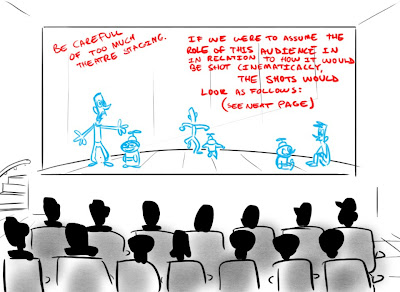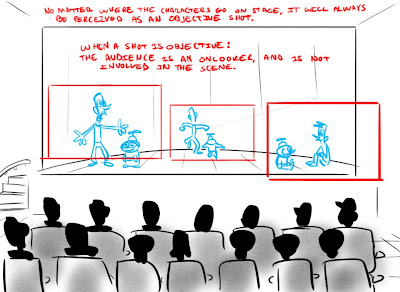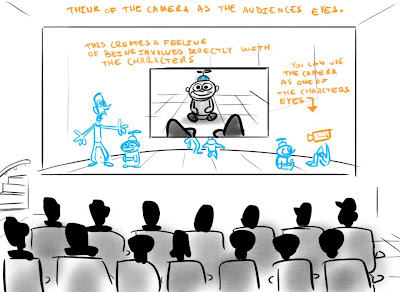
I hope he comes back soon...
THE ♥-WORK OF JOSH LIEBERMAN
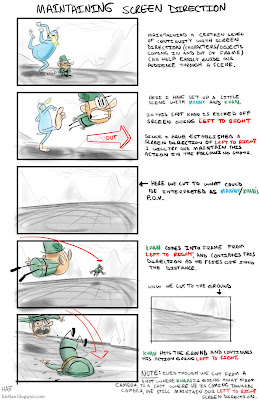
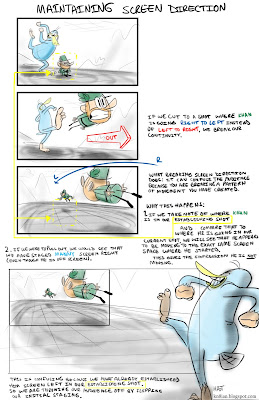
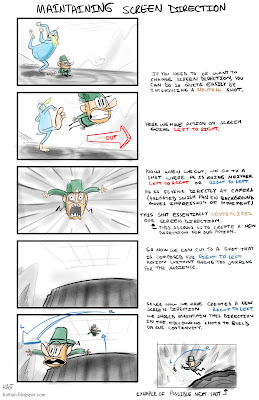
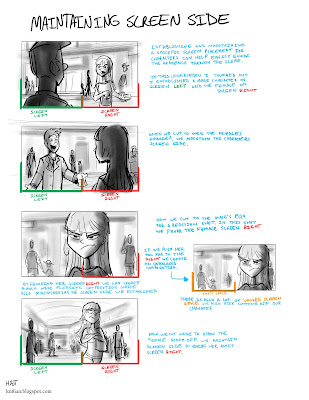 Note: there would obviously be more panels if this was flushed out, to play up the acting and also hook up the action. And on the last panel, I would probably frame it more centered while the female is farther away and then adjust right as she walks towards camera.
Note: there would obviously be more panels if this was flushed out, to play up the acting and also hook up the action. And on the last panel, I would probably frame it more centered while the female is farther away and then adjust right as she walks towards camera.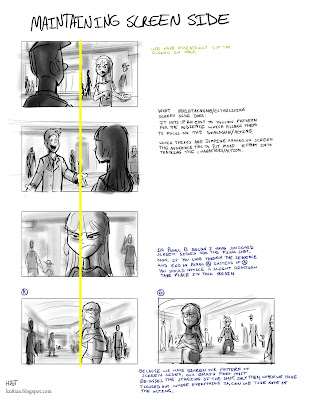
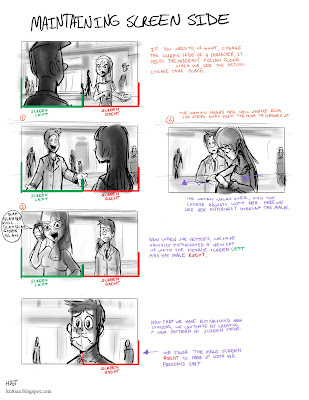 As long as you continue to establish any new screen spacing, the sequence should maintain a certain level of continuity that will allow the audience to follow along quite easily.
As long as you continue to establish any new screen spacing, the sequence should maintain a certain level of continuity that will allow the audience to follow along quite easily.